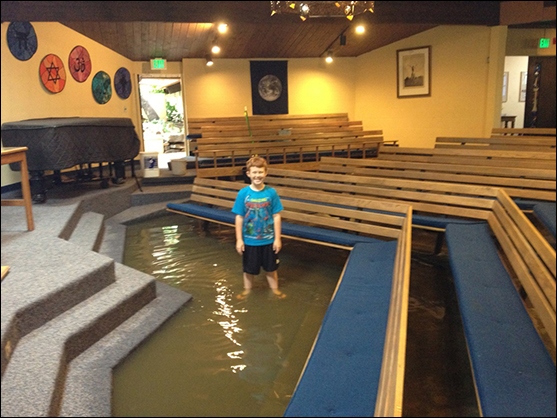The Rising Sea Cares Not What We Believe
Human beings are each unique – physically, culturally, emotionally and intellectually. We all have to deal with our survival needs and certain realities of the world. Our beliefs also define who we are as individuals, in groups, and as a society.
Beliefs color all aspects of our lives. Religious beliefs in particular can strongly be part of who we are and what we do with our lives. For some it is insignificant, but others are truly defined by their relationship with their deity. Belief in a supreme being and in scripture drives millions to paths of peace, charity, and caring for the needy. Of course in some cases, the ferocity of belief causes hatred and violence. Such is the power of what we believe. Beliefs become our reality.
In my specialty, climate change, and more specifically rising sea level, I often come up against people’s beliefs. The idea that sea level will be much higher than in recent centuries is profound, disruptive, and deeply disturbing, causing many people simply not to believe the facts in front of them. In some ways it is not that different from centuries ago, when humanity was torn apart with radical concepts such as the earth not being flat or that the Earth was not the center of the universe.
Psychologists call this cognitive dissonance. If something is too disturbing we find a way dismiss it. The tendency to disbelieve things we have not previously witnessed is sometimes referred to as a “black swan event” (after the book title by Nicholas Taleb). Our pattern not to believe things which are disruptive is well documented.
But, here are three simple facts that we all must come to terms with
- As the planet continues to warm, the glaciers and ice sheets must melt, causing base sea level to rise.
- Over thousands of years, sea level, temperature and carbon dioxide track in very close synchronization with sea level cycling about 400 feet (120 m) vertically.
- Given the 40% higher level of carbon dioxide, and global average temperature being about 1.5 degrees Fahrenheit (one degree Celsius) higher then a century ago, a considerable amount of ice melting and thus sea level rising is already “in the pipeline.” It has passed a tipping point and cannot soon be stopped even with the most aggressive efforts to slow the warming. (Note: Efforts to slow the warming are critical. If we do not succeed at slowing the rise of carbon emissions, the rate of warming, melting ice, and rising sea level will become MUCH faster and much more catastrophic.)
Having done hundreds of presentations I make the case for the simple reality:
Given the warmer ocean and the simplest laws of thermodynamics and physics, the sea will rise foot by foot and will accelerate noticeably starting in a few decades.
Yet, I am often left with the impression that people – even highly intelligent, educated professionals – do not want to accept the reality of rising sea level.
When confronted with a clear case, there is a tendency for denial, distraction or disbelief. We can behave like the proverbial deer in the headlights – frozen, unable to act. But we must fight that instinctive behavior and begin adapting our communities for ourselves and future generations.
When I do my own reality check, I am left with one observation, particularly when I am at the coast, looking at the sea:
The rising sea cares not what we believe.

